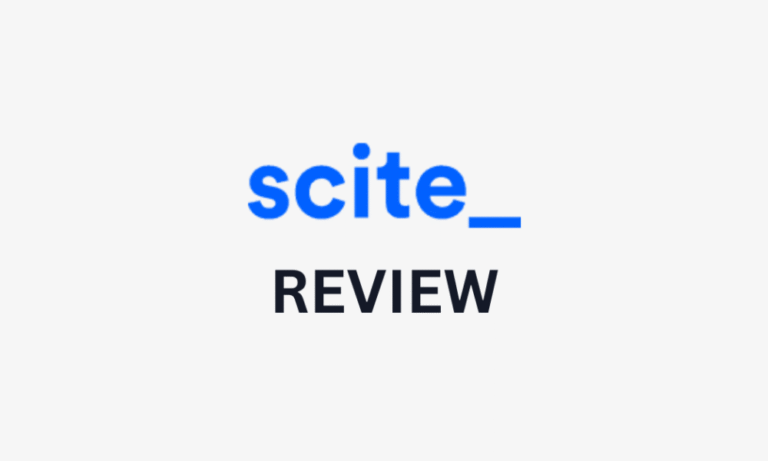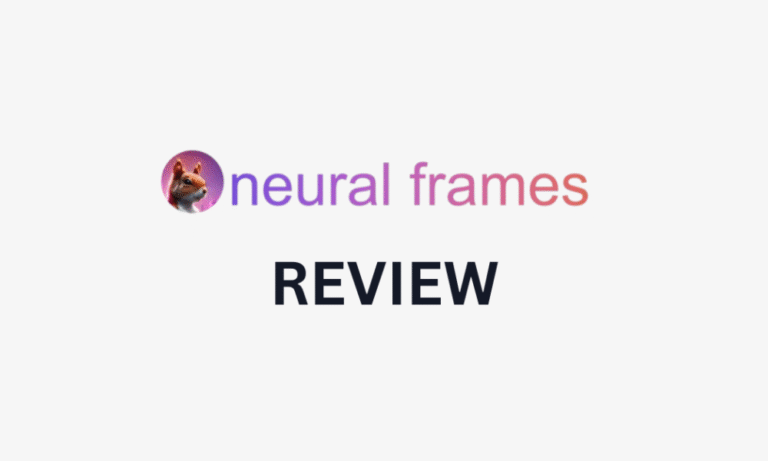Best AI Coding Tools: Claude Code, Windsurf, and VSCode
Table of Contents
AI-powered software development tools are rapidly evolving. What began as enhanced autocomplete has expanded into AI agents that can write applications, debug problems, and manage entire codebases—or, at least, try.
“This has been remarkably quick,” says Josh Knowles, founder and chief engineer of the software development company Frescher Southern LTD. “We’re going through something like a phase shift right now.”
That shift has led to a pack of AI-powered coding tools vying to become king of this new hill. Several of the leading tools come from startups that didn’t even exist just a few years ago. But tech giants aren’t lying idle; other top options are from established players, like Microsoft, and well-heeled AI labs, like Anthropic.
Abhay Bhargav, founder and chief research officer at security company AppSecEngineer, says AI has already changed how his company works. “We use AI to build a lot of proofs-of-concepts and minimum viable products to get the ball rolling.”
The rapid pace of change means software engineers eager to dive into AI may find themselves leaping between tools like rafts in whitewater. Still, a few leaders have proven stable enough to build on.
Cursor
Cursor, launched in 2023 by the AI lab Anysphere, was the first AI coding tool to gain widespread popularity among developers and remains the most popular AI-focused integrated development environment (IDE) today.
An IDE is development software that provides a comprehensive toolkit that spans file management, code writing, compiling, debugging, and more. And Cursor is a fork of Microsoft’s Visual Studio Code (VSCode), the world’s most popular IDE. That base made the general look and feel seem familiar to many developers which, combined with its early entry, helped it gain popularity, primarily through word-of-mouth on Reddit, X, YouTube, and other social media platforms.
Cursor has AI-powered code auto-completion, automated code-rewriting to fix syntax errors, and the ability to tap Web resources or a developer’s own documentation as a resource that AI can use to understand code. Recently, Cursor added “agent mode” for multistep AI coding across a codebase.
Bhargav says that, although he frequently tries other AI-powered IDEs, he keeps returning to Cursor because of its code quality and reliability. “Most of the others, they haven’t been able to do as good of a job as Cursor has been able to do,” he says.
 In a demo of Anthropic’s Claude Code, the AI tool completed complex coding tasks that would ordinarily take a significant amount of manual work.Anthropic
In a demo of Anthropic’s Claude Code, the AI tool completed complex coding tasks that would ordinarily take a significant amount of manual work.Anthropic
Claude Code
While Bhargav prefers Cursor, Knowles relies on a dramatically different, but similarly popular, AI-powered coding tool: Anthropic’s Claude Code.
Released in February, Claude Code stands out because it’s not an IDE. It instead works directly in the MacOS terminal or Linux command line, which is helpful for developers who prefer to use a text-based command line interface.
“Claude Code has, over the past few months, become an integral part of my process,” Knowles says. “I’m running that from the command line, on a separate monitor, going between it and VSCode. And that is very fluid.”
Knowles also prefers Claude Code because he has more control over the workflow. Though he has dabbled in some AI-based IDEs, including Cursor, he wasn’t happy with their autocomplete and error-handling features, as he felt they lowered his awareness of how his code functioned.
“I’m the head of engineering, even if I’m using Claude Code,” he says. “I need to know what it’s doing.”
Windsurf
Windsurf, originally released by Codeium as the Windsurf Editor, quickly established itself as the main alternative to Cursor. It grew so quickly that Codeium rebranded the company as Windsurf in April 2025. Then, in May 2025, OpenAI purchased Windsurf for US $3 billion.
Like Cursor, Windsurf is a fork of VSCode and, like Cursor, Windsurf offers a familiar interface with a slew of AI features. Windsurf can autocorrect syntax errors, understand a codebase and its documentation, and support agentic AI that can modify multiple files across a codebase.
The defining feature of Windsurf is Cascade, an interface that appears next to code and allows access to agentic AI capable of multistep tasks (Cursor supports agentic AI too, but its interface hasn’t received as much praise). Windsurf also differs by allowing developers to use it not only in Windsurf’s IDE but also as an extension in other popular IDEs, like Jetbrains.
Although it’s a major player—and now owned by OpenAI—Windsurf’s popularity appears a step behind the two biggest names.
Bhargav briefly tried it but returned to Cursor, and Knowles hadn’t tried it at all. Bhargav says, “I’ve not come across too many people using Windsurf, to be honest.” Knowles echoed that, saying he’s “not hearing much about Windsurf” compared to Claude Code.
![]() Visual Studio Code is the world’s most popular developer environment, but it has been slow to integrate AI features. Alina Vytiuk/Alamy
Visual Studio Code is the world’s most popular developer environment, but it has been slow to integrate AI features. Alina Vytiuk/Alamy
VSCode (and extensions)
As mentioned, both Cursor and Windsurf are forks of VSCode. So why don’t developers just use VSCode?
Microsoft’s integration of AI into VSCode was slower and more cautious than the startups that emerged to compete with it. Early versions of Microsoft’s GitHub Copilot were met with mixed reception. In addition, Microsoft’s February announcement of GitHub Copilot’s agent mode was months behind competitors. The agent mode is now available but still in “preview” with limited access.
Still, enthusiasm about Copilot seemed to strengthen at Microsoft’s Build 2025 developer conference (which I attended). Developers who moved to Cursor and Windsurf may be tempted back to VSCode as Microsoft’s AI becomes more competitive.
VSCode’s extension support also lets third-party developers add their own AI extensions. Cline, Roo Code, Continue.dev, and Tabnine are among the more popular examples.
Vibe Coding Tools
While all the coding tools discussed so far use AI, it would be a stretch to say they’re meant for “vibe coding.” Computer scientist Andrej Karpathy famously described vibe coding as the freedom to “forget the code even exists.” Yet all the AI coding tools discussed so far require a basic understanding of programming and development environments.
If you just want to vibe, though, you can find AI coding tools built for it. The most popular examples include Lovable, Replit, Bolt, and Google’s Firebase.
These tools start with a chat interface that lets users describe what they want to build before seeing code. They also exist in a Web browser, so there’s no software to download, install, or configure. Programmers using these tools can literally forget the code exists, as it’s often unnecessary to view or modify the code behind the programs these tools create—for small projects, at least.
The Rest of the Bunch
The tools above still only scratch the surface of what’s out there.
OpenAI released its “cloud-based engineering agent,” Codex, in May. Mistral, creator of the open-weight Mistral and Codestral model families, released Mistral Code in June. Apple announced a slew of new AI-powered coding tools at its June developer conference. And a small cadre of developers have embraced Zed, an AI IDE that isn’t forked off VSCode but instead built from scratch for AI-powered development. There are even more extreme AI tools, like Devin, which advertises itself as an all-in-one “AI software engineer.”
Whether these alternatives can move past the leaders remains to be seen. But if it happens, it shouldn’t come as a surprise. Many of the AI development tools popular today didn’t exist a year ago. The only constant in AI development seems to be its rapid advancement—and that applies to AI-powered IDEs and coding tools, too.
From Your Site Articles
Related Articles Around the Web






